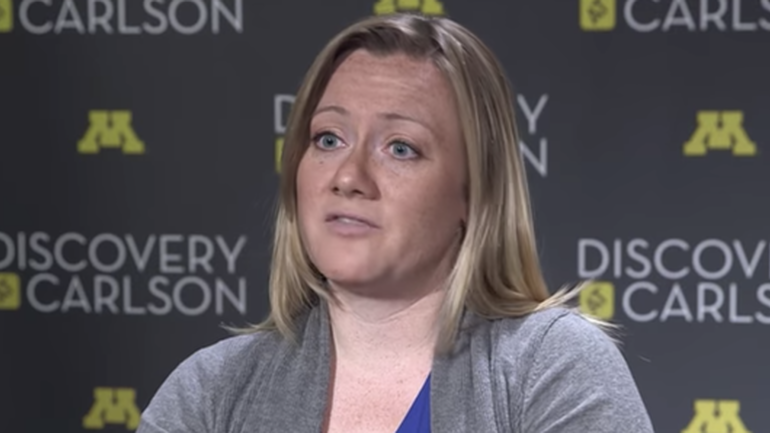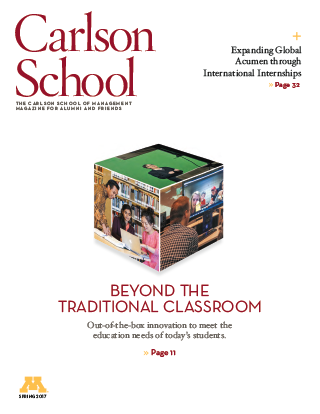
Hot Shots, Cool Receptions
Thursday, April 20, 2017
Organizations invest countless time and money to attract high performers to their work environments, yet too often these individuals flounder or end up leaving early.
Drawing upon an extensive field study of Taiwanese salons followed by a controlled experiment, Assistant Professor Elizabeth Campbell discovered an odd paradox might explain what many high performers were experiencing, particularly in workplaces that emphasized teamwork.
Campbell discovered high achievers were being undermined by their peers for standing out while at the same time earning higher levels of support from these same peers.
“High performers are getting crushed in the middle,” she says. “When viewed as benefiting the group, high performers are receiving more support from peers than others. However, they are often simultaneously viewed as a threat by the very same peers for shattering standards, which can lead to sabotage or undermining.”
Elizabeth Campbell: Social Consequences of High Performers
Carlson School of Management assistant professor Elizabeth Campbell explains her research on the impact high performers have on the workplace.
Previous research by the Carlson School’s Professor Michelle Duffy has shown experiencing both friendly and hostile responses from the same source is actually more harmful than simply experiencing hostility.
So how can managers, HR departments, and high performers use this discovery to create more functional workplaces? For starters, Campbell says managers need to be more cognizant about the social experiences of a high performer, particularly in organizations that emphasize the team.
“Too often high performers are brought in to save a team, but that might be really problematic for the social dynamic,” she says. “They should remember the Dutch proverb: ‘Tall trees catch much wind.’”
It's more complicated than high performers are just undermined. They're more undermined and they are also more supported. Having positive and negative interactions with the same source can create a lot of uncertainty and stress for high performers.
- ELIZABETH CAMPBELL, ASSISTANT PROFESSOR, WORK AND ORGANIZATIONS
For HR professionals, the research suggests paying closer attention to the composition of teams. Rather than plugging in a high performer anywhere, HR should make sure they are placing top performers in a group that can cope with someone who might be comparatively better than the norm.
Finally, Campbell’s advice to high performers is to not be caught off guard by mixed signals. Rather, focus on celebrating and supporting others’ success. Remind coworkers that you’re in it for the team: “Be very vocal about the fact that what’s motivating your contributions is being ‘prosocial-being" other oriented, helping the collective rather than simply pursuing your own goals.”

